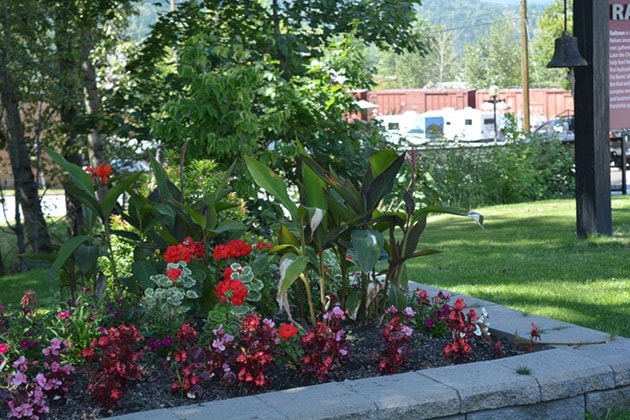I was lucky enough to go to the Placemaking Leadership Forum in Vancouver last week. If you’re wondering what Placemaking is, you’re not alone. I only heard about it myself this year.
Basicall y, Placemaking is about asking people to put public space at the heart of their community. It also refers to a collaborative process we can use to shape our public realm to maximize shared value, where locals are the experts on their own community, and are supported by urban planning, development, architecture, artists, and institutions.
y, Placemaking is about asking people to put public space at the heart of their community. It also refers to a collaborative process we can use to shape our public realm to maximize shared value, where locals are the experts on their own community, and are supported by urban planning, development, architecture, artists, and institutions.
In this way it’s both a philosophy and a process, and enthusiasts will tell you that done properly, it’s a powerful economic driver, and engine for social justice and well-being, beauty and fun.
This particular conference is annual, but usually happens somewhere else in the world like Stockholm, or São Paulo, and was a pretty big deal.
People from the World Bank were there, as were delegates from the United Nations — and, from all over the globe, planners, developers, architects, funding bodies and a tiny smattering of elected people, like me.
But why would the UN and World Bank come to a conference that was basically about community organizing? Why would urban designers fly in from Lebanon, Iran, Indonesia, Korea, Columbia, Holland and South Africa?
Because three million new people move into cities every week.
Because 80 per cent of the world’s displaced people live in cities.
In 15 years, the world’s urban space will have doubled, and public spaces are business incubators, and a means for integration, inclusion and improved health unlike any other.
But the public realm can also be a place for discrimination and tension.
The way we make cities really matters, and will only be more important in coming years. As the people at the Project for Public Spaces (PPS.org) put it, cities fail and succeed at the scale of human interaction, and when you focus on place, you do everything differently.
What makes a great place is surprisingly simple. Again, according to PPS:
1) They are accessible and well-connected to other important places in the area.
2) They are comfortable and have a pleasing image (attractive, sittable, walkable, safe and historic).
3) They draw people to participate in activities there.
4) They are sociable places where people like to gather, visiting again and again. They are indiscriminately welcoming and diverse, fostering a sense of stewardship.
I think Nelson itself is a great place, and that it has many spots that fit the above criteria.
Another term for public space is civic commons. Originally, a commons was a piece of land owned collectively by a community, for the communal grazing of sheep. My hometown of Halifax still has a series of fields in the middle of town called The Commons that today contain sports fields, a skate park, playgrounds, paths and an ice skating rink.
What we mean when we talk about the civic commons these days includes streets and sidewalks, parks, recreation centres, libraries, museums, theatres, and in our case, the youth centre.
When each of these places is great, functional and inclusive our city is more liveable and prosperous. It attracts outsiders to visit or move here, and keeps locals from leaving.
The commons belong to everyone, and are our greatest community asset. Let’s keep them at the heart of our decision-making.
Listen, this has been a very general column about an enormous topic.
In reality, I attended almost 20 sessions over four days at this conference and could write five articles about each one — from Placemaking and economic development to Placemaking and health — and I’d love to share more about what I learned, so if you want to nerd-out on Placemaking with me, come to my public Facebook page, or get in touch!
